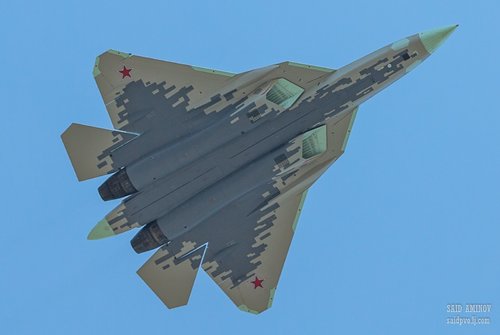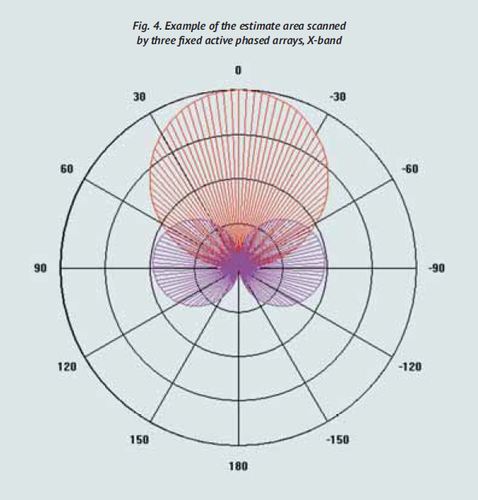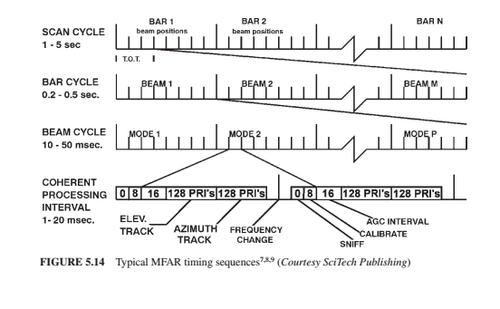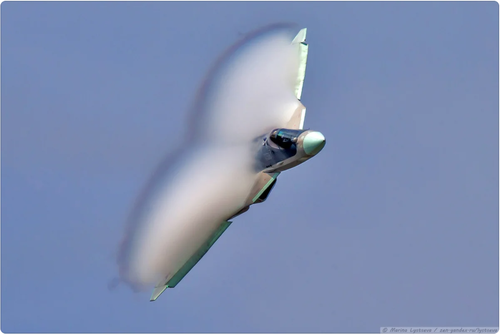@stealthflanker Hello.
I had a free minute, and I decided to take a closer look at your data on H036. I also looked at your excel files with a calculator. But I'm not sure if I came across the latest version of them.
Where would I start.
I would calculate the antenna array more accurately. I also apologize that I am writing about this in this thread and do not mind if the gentlemen moderators move this message to a more appropriate section.
I will not write the formulas, so as not to take time, but if there are questions, I will definitely present them.
We have 1526 modules and dimensions 900 x 700 mm.
Ellips.
The area of eleps I got 494800.84 m2
Let's assume that the usable area is 95% or 470060.8 m2.
The area of one element is 308.03 m2
The element itself can be viewed as a square or as a rectangle with an aspect ratio of 9/7 (900/700).
In a ray with a rectangle, we still need to come to the middle step. Therefore, any idea will give us an antenna array pitch of about 17.5 mm.
Since the beam is deflected by 60 degrees, the optimal (average) wavelength will be 32.7-33 mm. Accordingly, the frequency is 9.15 GHz.
The beam width is 2.48 degrees.
Directivity 5507 or 37.4 dB.
What else do we need?
These are the two questions I asked earlier:
1. Output power.
2. Receiver sensitivity.
You have assumed that each module has a power output of 10 watts. I have not seen such data in open sources. I would be grateful if you give a link.
With the receiver sensitivity, I did not quite understand your algorithm, so I will try based on my knowledge and experience.
Thermal noise at room temperature is -114 dBm per 1 MHz. Receiver noise 3dB. The signal-to-noise ratio during detection with a probability of 50% should be at the level of 8-10 dB.
Also, I don't completely agree with the bandwidth. 1MHz is not enough.
Again, based on my experience, I think, not less than 20 MHz.
-114 + 13 + 3 + 10 = -88 dBm.
Various signal processing and analysis methods can increase the receiver's sensitivity. Therefore, I consider your figure of -98 dBm to be close to the truth. Intuition suggests that this parameter varies in the range of -94 - -97 dBm.
As you can see, there is a lot of input data. And practically all of us are unknown. All of them are taken on the basis of experience and can naturally differ from reality.
Your calculation and calculator, of course, is a great creation, but there are a lot of "buts" in it.






